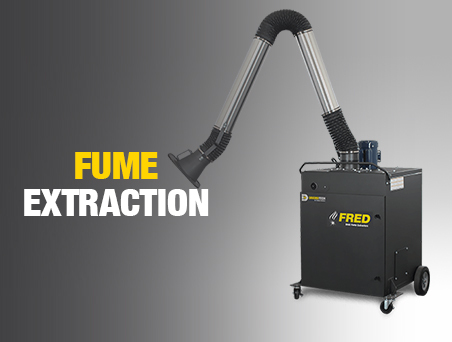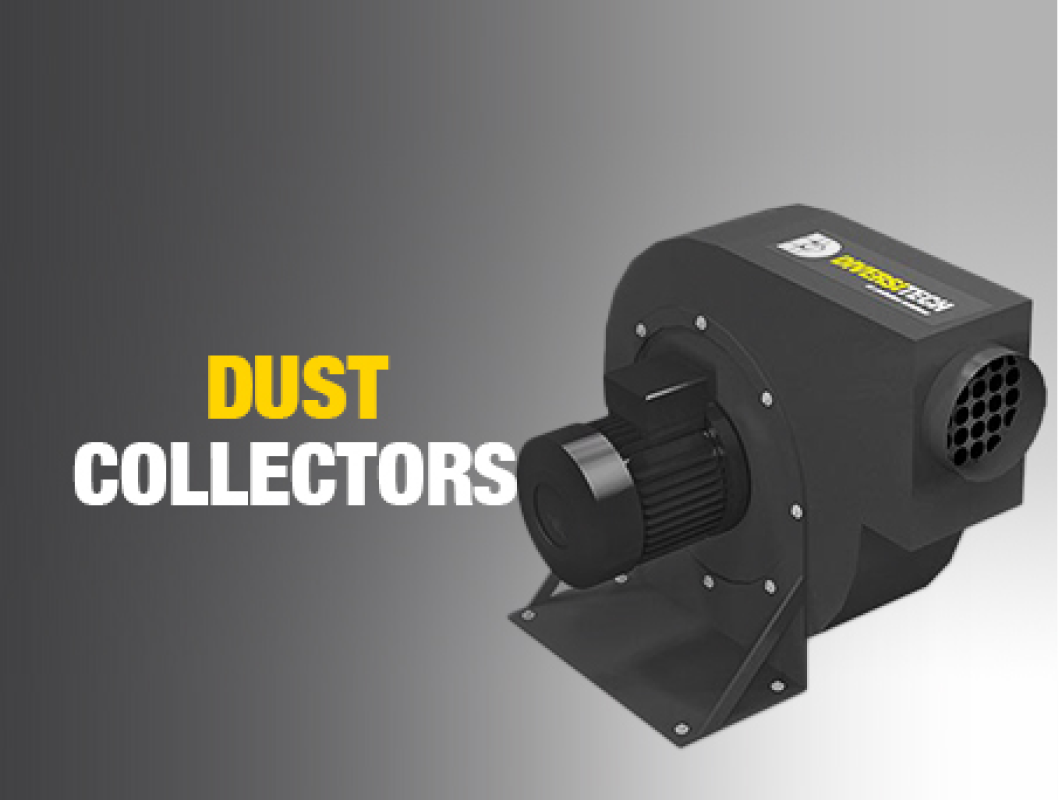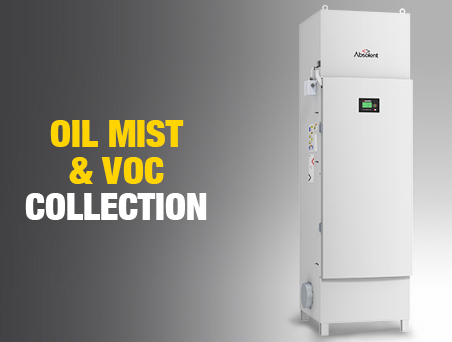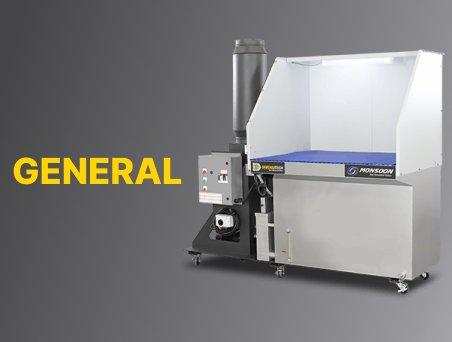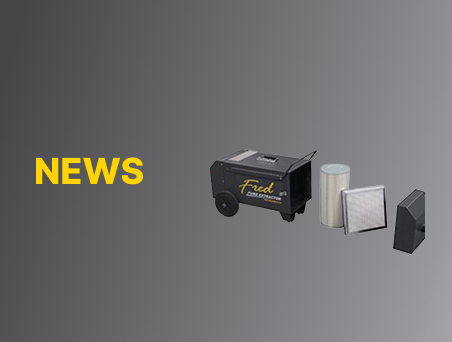In 2017, a corn milling explosion killed 5 employees and injured the remaining 14 working the night of the incident. This tragic event resulted in the U.S. Chemical Safety Board conducting an investigation, updating their combustible dust data, and making a “Call to Action on Combustible Dust Hazards”.
The updated dust data showed an increase in combustible dust related fatalities from their previous study. Between 2006 and 2017, they found 105 incidents resulting in 66 fatalities and 337 injuries. The previous study found 119 workers killed in the 25 years between 1980 and 2005. As the diagram below shows, these incidents are occurring in various process industries, including food manufacturing, metal industries, lumber and wood products and many others.

A dust hazard analysis (DHA) is considered by many to be the most important requirement in the current versions of the NFPA standards related to combustible dust. It is a systematic review of the equipment and building spaces handling combustible dust. It should involve a site visit and team meetings with facility personnel to review equipment and building spaces. The site visit and team meetings should accomplish the following:
- Identify and evaluate process units or building spaces where fire, flash fire, and explosion hazards exist
- Define credible fire and explosion scenarios
- Evaluate existing protections
- Recommend additional protections as necessary
The intention of a DHA is to identify what could go wrong, evaluate existing protections, and recommend additional protections.
DHAs are required by the fundamentals and industry-specific standards on combustible dust published by NFPA. The deadline for most industries is September 7, 2020 (January 1, 2022 for agriculture and food manufacturing). These NFPA standards are relied upon by OSHA when conducting inspections and writing citations. OSHA has already cited a food manufacturer, Marshall Ingredients, LLC, for failure to conduct a DHA.
The CSB has long called combustible dust an “insidious hazard”. One that tends to lie dormant until all the required elements come together to catastrophic effect. A DHA can help identify the hazard and prevent fires and explosions that could damage facilities and injure or kill workers.
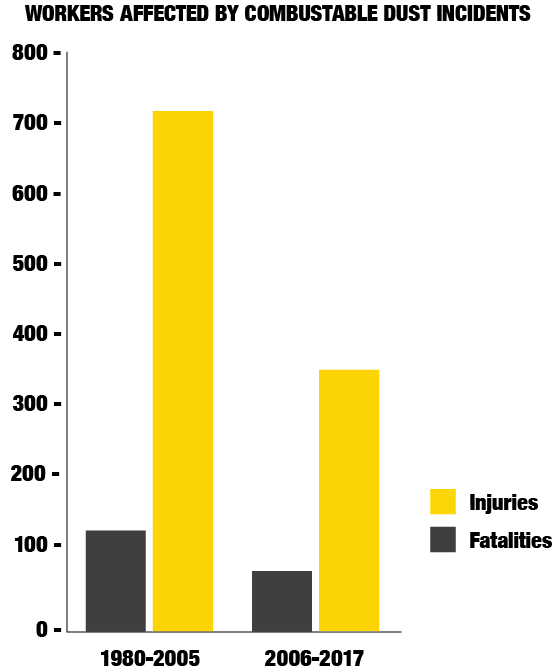
About Michelle Murphy
Michelle is the founder of Mica – providing Proven Strategies for Combustible Dust Hazard Management.
Michelle is a chemical engineer, with deep experience applying process safety concepts to avoid catastrophic events. Michelle has worked with companies in chemical, petrochemical, metal, automotive, agricultural, food, and pharmaceutical industries. Avoiding fires and explosions while handling combustible dusts/reactive chemicals requires predicting material behavior under abnormal conditions. Michelle brings process operation knowledge, test data interpretation experience, and hazard identification skills to simplify the process of characterizing, identifying, and reducing the risk of handling hazardous materials.
Learn more about Mica’s services
Related Products
Oil Mist Collectors

The Absolent A•erity family carries advanced oil mist filters that are best suited for CNC machining, grinding, and forming/pressing machines that are running high RPM and high coolant pressure.
FRED SR

The industry standard for eliminating smoke, dust and fumes, the FRED Sr. is a professional grade fume extractor.
Wet Downdraft Table

TYPHOON WX


